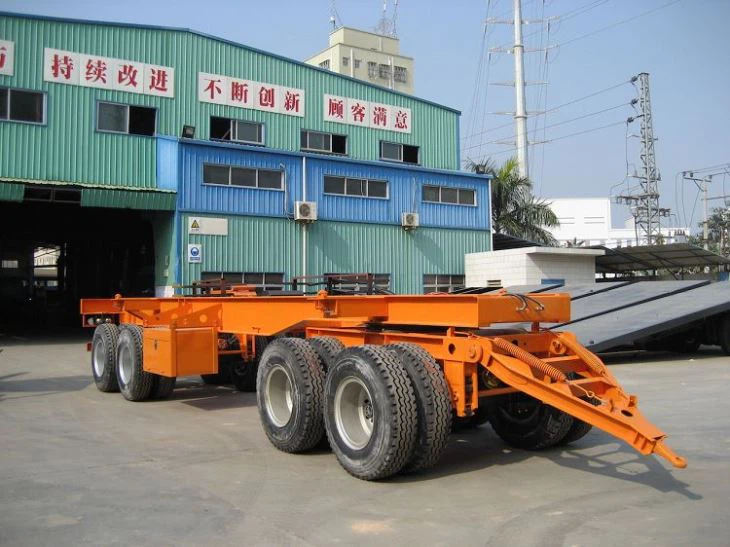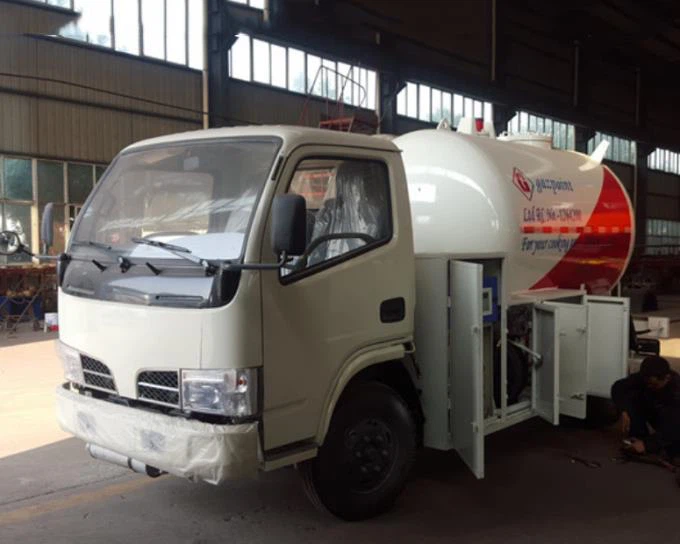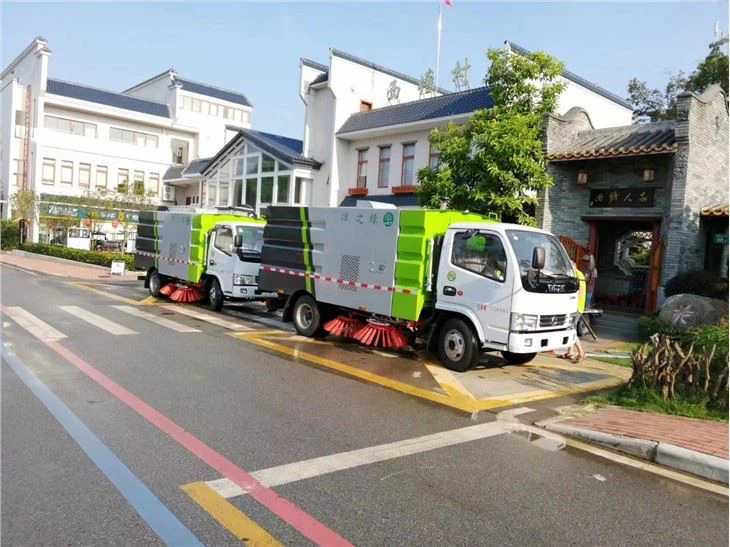Hooklift Trucks: A Comprehensive Guide to Efficiency in Waste Management and Transportation

Hooklift trucks have revolutionized the way industries manage waste and transport various materials. These versatile vehicles are equipped with a specific mechanism that allows for easy loading and unloading of containers, making them indispensable in sectors like construction, waste management, and logistics. This article delves deep into the world of hooklift trucks, exploring their features, types, applications, and benefits.
What Are Hooklift Trucks?
Hooklift trucks are specialized vehicles designed to carry and transport containers or boxes efficiently. They utilize a hook mechanism that allows operators to load and unload containers from the truck bed with minimal effort. This particular design enhances productivity and reduces the need for additional machinery at job sites.
How Hooklift Trucks Work
The Hook Mechanism
The core of any hooklift truck is its hook mechanism. This system comprises several key components:
- Hook: The primary part that securely attaches to the container.
- Hydraulic System: Powers the lifting and lowering of the hook and container.
- Frame: The structure that supports the truck and the load it carries.
Loading Process
The loading process begins when the driver positions the truck next to the container. The hook is then attached, and the hydraulic system lifts the container onto the truck bed. This operation is quick and minimizes the need for manual labor.
Unloading Process
To unload, the driver simply positions the truck where the container needs to go. The hydraulic system is activated again to lower the container down safely. The efficiency of this mechanism significantly reduces downtime on job sites.
Types of Hooklift Trucks
Hooklift trucks come in various sizes and configurations to cater to different needs. The two primary types are:
Light-Duty Hooklift Trucks
Light-duty hooklift trucks typically have a lower weight capacity, making them ideal for urban environments and smaller projects. They can handle lighter containers up to 10,000 lbs.
Heavy-Duty Hooklift Trucks
Heavy-duty options are designed for more intensive applications. These trucks can accommodate containers weighing over 20,000 lbs, making them suitable for construction sites and industrial operations.
Applications of Hooklift Trucks
Hooklift trucks are versatile and find applications across various industries:
Waste Management
In waste management, hooklift trucks are employed to transport bulk waste containers to landfills or recycling centers. Their ability to quickly load and unload containers maximizes efficiency in waste collection.
Construction
Construction sites often produce a significant amount of debris and waste. Hooklift trucks facilitate the quick removal of construction materials, such as rubble and dirt, ensuring the site remains organized and safe.
Logistics and Distribution
In logistics, these trucks are useful for transporting different products on containers, which can be easily switched out depending on delivery needs. This flexibility can significantly enhance the distribution chain.
Landscaping and Green Waste Removal
Landscaping companies benefit from hooklift trucks for the transport of soil, mulch, and green waste. Their adaptability makes them valuable in maintaining public parks and private estates.
Benefits of Using Hooklift Trucks
There are numerous advantages to using hooklift trucks:
1. Increased Efficiency
The quick loading and unloading capabilities of hooklift trucks conserve time on the job, allowing companies to complete projects faster.
2. Cost-Effectiveness
By reducing labor costs and minimizing the need for multiple vehicles for different tasks, hooklift trucks contribute to lower operational expenses.
3. Versatility
Hooklift trucks can adapt to various tasks simply by changing the type of container they carry, making them ideal for diverse industries.
4. Safety
The design of hooklift trucks minimizes manual handling, leading to a safer work environment and reducing the risk of injury.
Choosing the Right Hooklift Truck
Selecting the appropriate hooklift truck can significantly impact operational efficiency. Consider the following factors:
1. Load Capacity

Determine the maximum weight of the loads you will transport. This factor will help in selecting a truck that meets your needs.
2. Container Types
Identify the types of containers you will be using (e.g., dumpsters, flatbeds) and ensure the hooklift truck is compatible.
3. Terrain Conditions
Consider the terrains your hooklift truck will navigate. Certain models are better suited for rugged landscapes and off-roading.
4. Manufacturer Reputation
Research manufacturers and choose one with a strong reputation for quality and durability to ensure a reliable investment.
Maintenance Tips for Hooklift Trucks
1. Regular Inspections
Conduct routine inspections of the hydraulic system, tires, and hook mechanism to identify any issues early.
2. Lubrication
Ensure all moving parts are adequately lubricated to avoid unnecessary wear and tear.
3. Cleanliness
Keep the truck clean to prevent dirt buildup that can affect the hydraulic systems and other components.
Cost Considerations for Hooklift Trucks
Investing in a hooklift truck involves various costs beyond the purchase price:
1. Initial Purchase Cost
The price of hooklift trucks can range significantly based on size and specifications. Expect to pay anywhere from $50,000 to $150,000.
2. Ongoing Maintenance
Budget for regular maintenance costs, which can vary based on usage and the specific model.
3. Fuel Expenses
Consider fuel efficiency when selecting a model, as this can impact operational costs over time.

4. Insurance and Certification
Factor in costs for insurance coverage and regular inspections to ensure the truck is compliant with local regulations.
Future Trends in Hooklift Truck Technology
The hooklift truck industry is evolving. Here are some future trends:
1. Electrification
As environmental concerns grow, electric and hybrid models of hooklift trucks are starting to emerge, offering reduced emissions and fuel costs.
2. Automation
Technological advancements are paving the way for automated loading and unloading processes, making them even more efficient.
3. Advanced Materials
The use of lightweight yet durable materials is anticipated to improve the overall performance and load capacity of hooklift trucks.
FAQs About Hooklift Trucks
1. What is the average lifespan of a hooklift truck?
With proper maintenance, a hooklift truck can last between 10 to 15 years, depending on usage and care.
2. Can hooklift trucks be customized?
Yes, many manufacturers offer options for customization, allowing buyers to modify features according to their specific needs.
3. Are hooklift trucks suitable for urban environments?
Yes, light-duty hooklift trucks are designed for urban conditions, making them an excellent choice for city-based operations.
4. What kind of training is required to operate a hooklift truck?

Operators typically need to complete training programs that emphasize safe operation, load management, and vehicle maintenance.
5. How do hooklift trucks compare to conventional dump trucks?
While conventional dump trucks are primarily used for tipping loads, hooklift trucks offer more versatility with interchangeable containers and faster loading/unloading processes.
6. Is financing available for purchasing hooklift trucks?
Yes, many dealers offer financing options that allow buyers to purchase or lease hooklift trucks based on their budget and needs.
